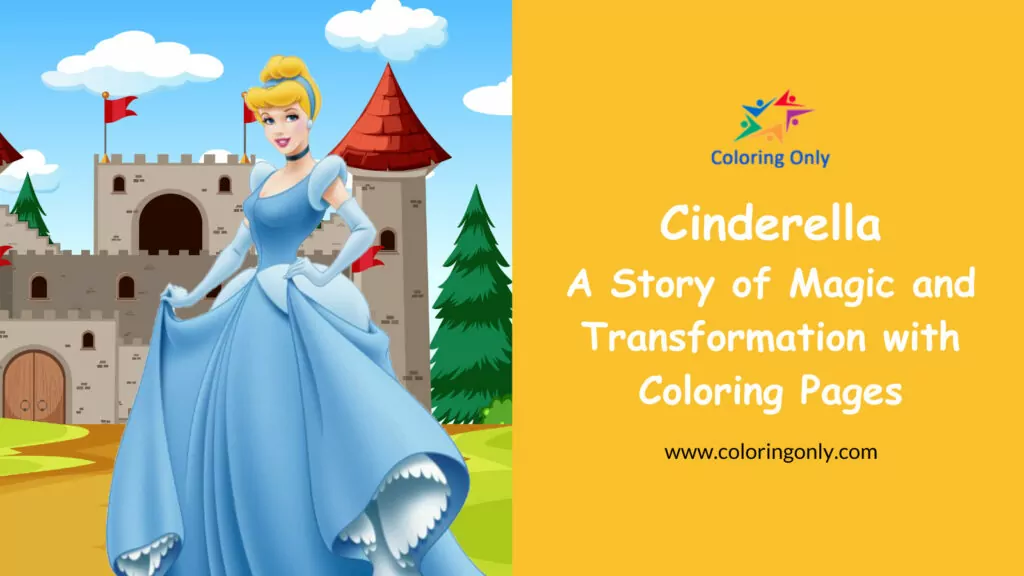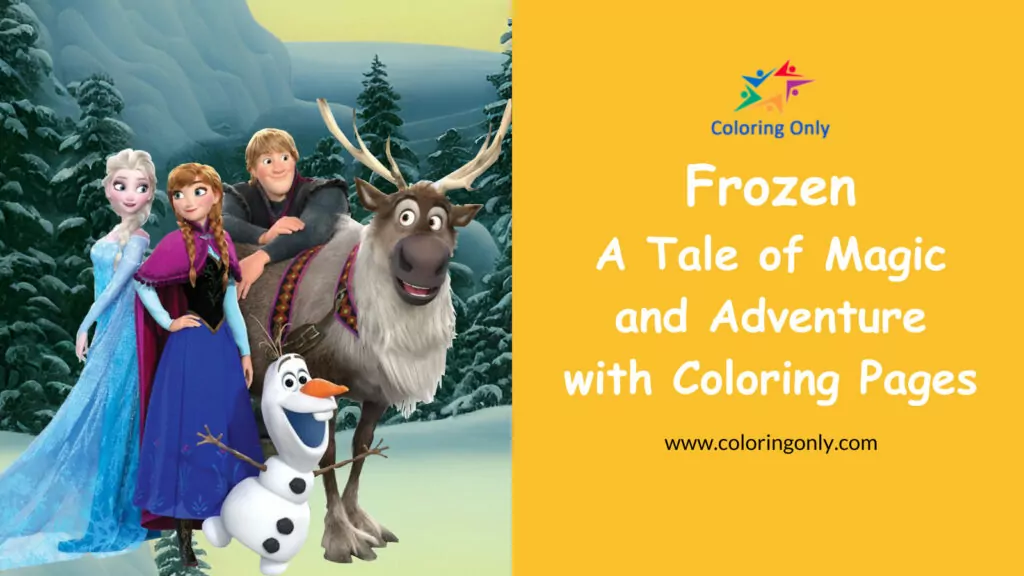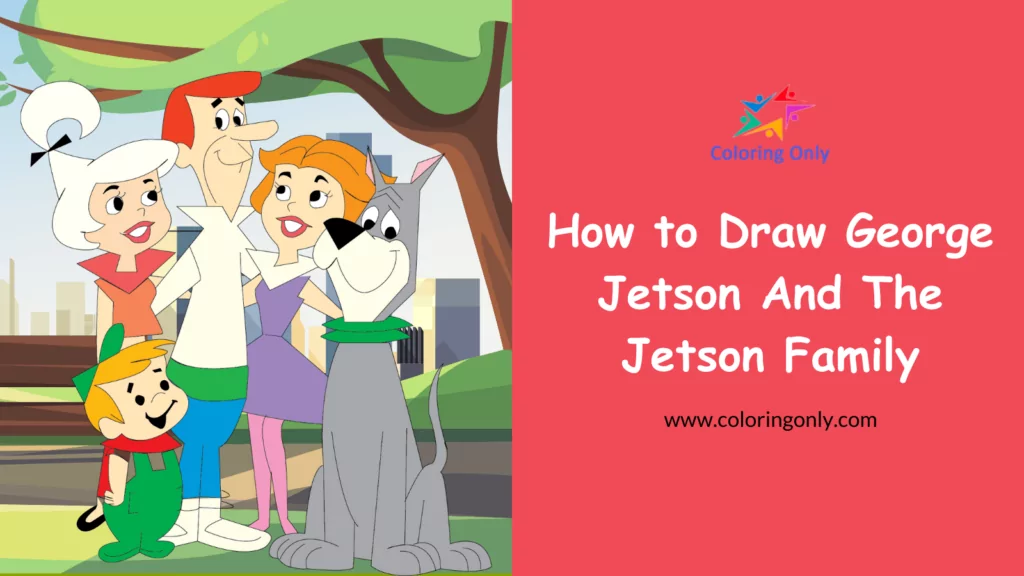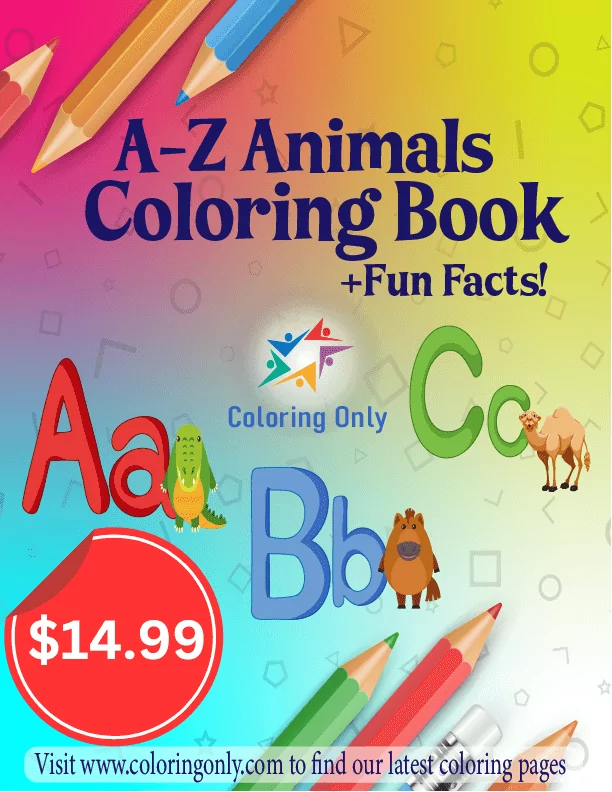
Psychologists have studied how colors affect our minds and emotions. They have found that each color has unique associations and influences on human thoughts and feelings, but these effects are not the same for everyone.
Research in color psychology has suggested that different colors may create different moods, influence decision-making, and affect our physical responses, but these outcomes depend on many factors such as age, gender, culture, context, and personal preferences.
Understanding the Color Psychology Chart
A color psychology chart is extremely useful for illustrating the emotions, meanings, and psychological effects associated with different colors. This chart helps in choosing colors for specific purposes like website design, logo creation, or room decoration. It visually represents how each color can impact people psychologically.
| Color | Meaning | Benefits |
|---|---|---|
| Red | Vibrant and eye-catching, symbolizes passion, energy, and urgency. It is popular in the restaurant and food-related industries. However, it can also represent anger or danger, so use it strategically. | Attracts attention, stimulates appetite, and conveys passion and energy. |
| Blue | Associated with calmness, peace, and confidence. Trusted and reliable, often used by healthcare institutions and corporate brands. | Creates a sense of calm, promotes relaxation, and instills trust and confidence. |
| Yellow | Bright and cheerful, representing happiness, optimism, and creativity. Frequently used in marketing to grab attention and convey positivity. Balance its use to avoid anxiety or frustration. | Grabs attention, conveys positivity and happiness, and stimulates creativity. |
| Green | Symbolizes nature, growth, and harmony. Refreshing and suitable for relaxing environments and supporting environmental causes. | Creates a sense of balance and harmony, promotes relaxation, and represents growth and freshness. |
| Purple | Signifies luxury, creativity, and spirituality. Often linked to royalty and elegance. Popular in beauty and fashion brands for sophistication and innovation. | Evokes a sense of luxury and elegance, stimulates imagination and creativity, and represents innovation. |
| Orange | Represents enthusiasm, energy, and warmth. Commonly used in marketing to attract attention and drive action. Use caution to avoid overwhelming the audience. | Attracts attention, evokes enthusiasm and excitement, and drives action. |
| Pink | Associated with femininity, love, and gentleness. Frequently used in marketing targeting women and beauty and romance-related products. | Creates a calming effect, evokes affection and gentleness, and appeals to the feminine audience. |
| White | Symbolizes purity, innocence, and cleanliness. Often used to create a minimalist and modern aesthetic. | Creates a sense of simplicity and clarity, and enhances a minimalist aesthetic. |
| Black | Represents power, elegance, and authority. Frequently used in luxury branding and formal settings. | Exudes sophistication and elegance, and creates a sense of mystery. |
| Gray | Associated with neutrality, balance, and practicality. It is a versatile color and is often used in professional settings and as a backdrop for other colors. | Conveys seriousness and calmness, and enhances a professional environment. |
| Brown | Symbolizes stability, reliability, and warmth. Commonly used in organic and rustic designs. | Evokes a sense of warmth and naturalness, and is suitable for organic and rustic designs. |
Color Psychology through Coloring Page
To explore color psychology firsthand, we have included a coloring page that incorporates the discussed colors. Coloring is a therapeutic and enjoyable activity that allows you to experience the impact of different colors. Pay attention to the emotions and sensations each color brings forth and reflect on their associated meanings.











